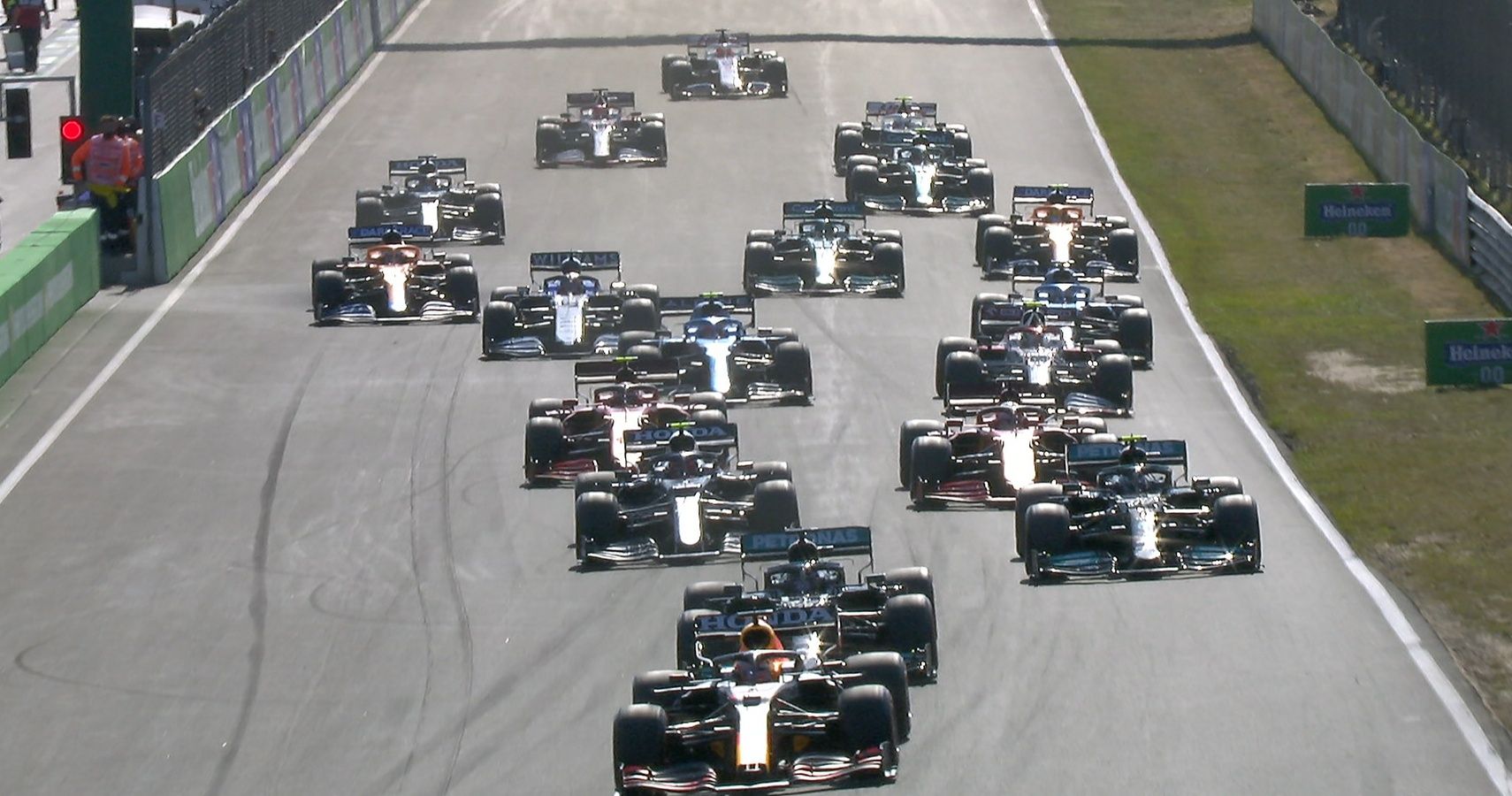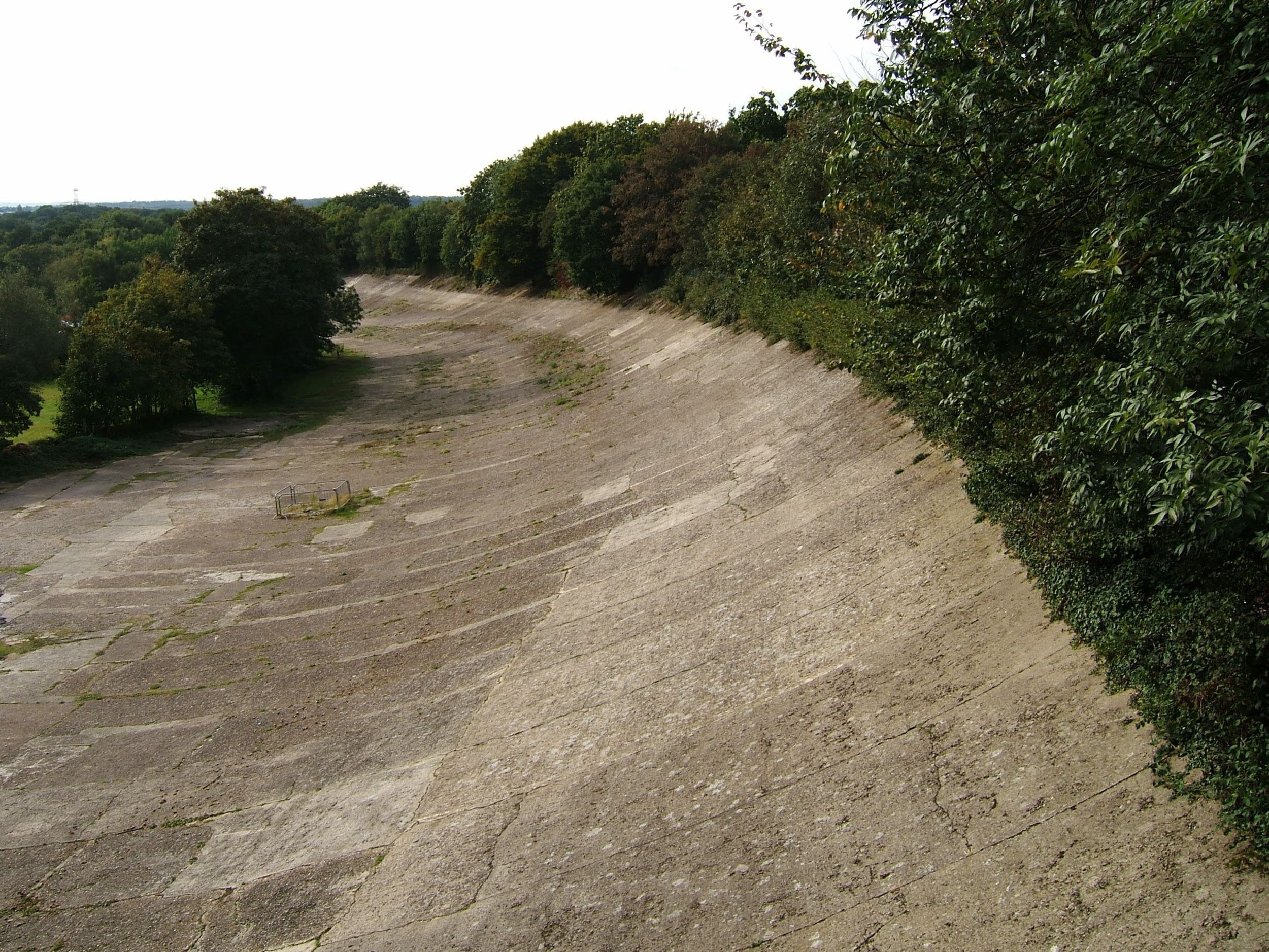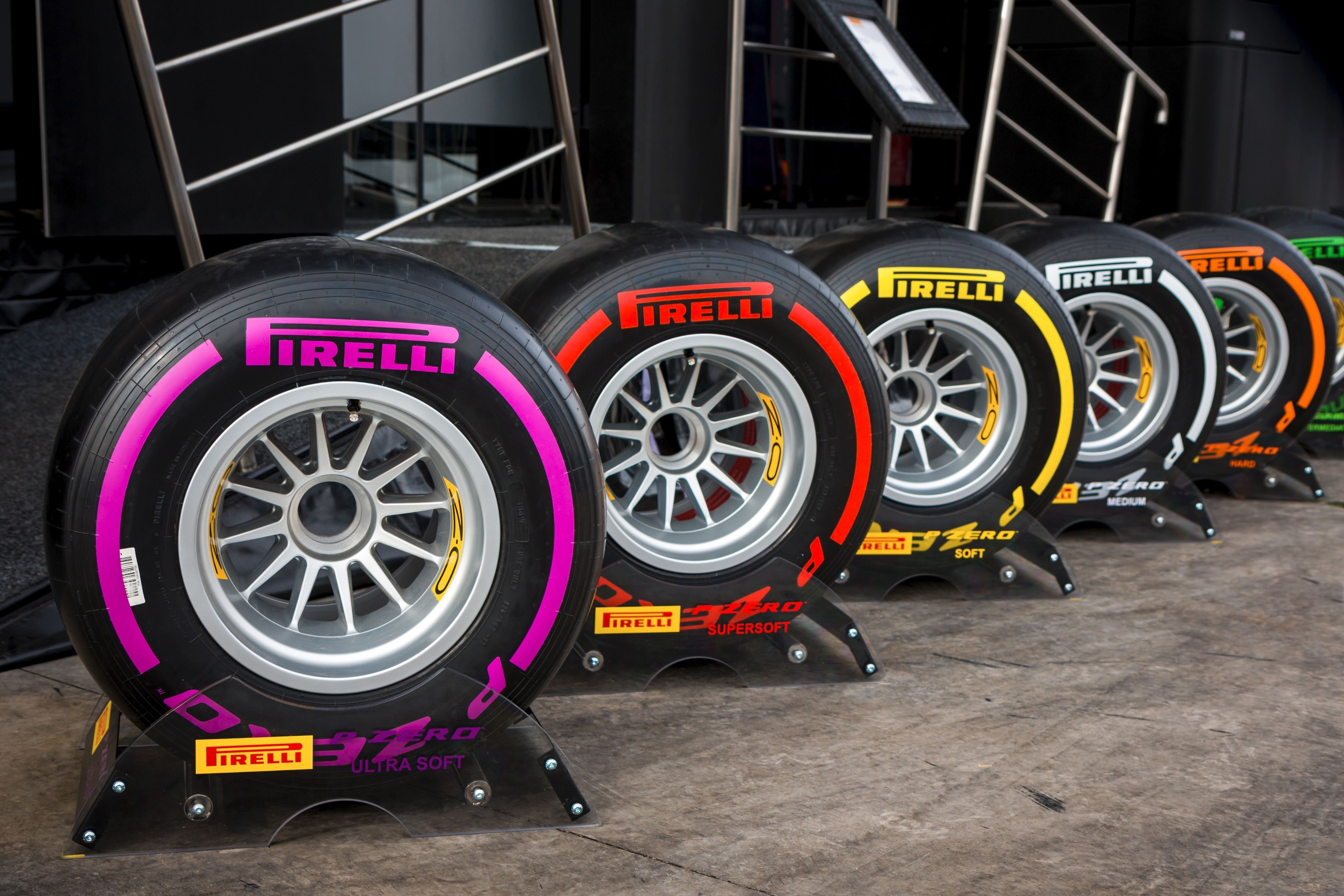Unfortunately for many racing fans, there is a distinct lack of footage from the early days of Formula 1. The classic racing film Grand Prix from 1966 makes up for this, albeit with Formula 3 cars and not the more powerful Formula 1 cousins.
The film shows a fictional championship across Monaco, Brands Hatch, and even Spa. But most interestingly, the characters are seen bouncing along the Monza track's banked oval circuit. Bouncing is the keyword here; the Monza autodrome's circuit was dangerous and difficult to drive. When featuring as a part of the Formula 1 calendar, it claimed numerous driver's egos. For a long time, there had been no banked corner's in Formula 1, a shame as they add a little spice to the FIA's premier championship.
Zandvoort made an appearance on the Formula 1 calendar after its refurbishment, unveiling two banked corners at turns 3 and 14, something many had thought was lost to the American series of Indycar and NASCAR. Indycars have a top speed of 231 mph, and Formula 1 cars have been recorded doing 256 mph; the difference may only seem small, but the margin for error at such high speed is incredibly small.
With such dramatic speeds, the dangers were high but now the sport is changing.
Old Banked Corners
As mentioned previously, Monza, one of the fastest circuits on the Formula 1 calendar, did have a large banked turn. It was constructed to rival Indianapolis and Brooklands as test circuits for manufacturers. Speedway style tracks allow cars to build up momentum; after considering the slight bend of the corner, cars can't hit their top speed but can come pretty close to it.
Half of the oval at Monza became a part of the Formula 1 track, but in its time as host, it saw numerous iterations. Notably, in 1933 it was witness to three deaths when the Grand Prix used the Florio oval only and none of the track that is used today. One banked turn was used throughout the 1950s during both the Grand Prix and endurance events like the 500 Miles of Monza, but this was before the era of Aero and ground features in Formula 1, so these cars had a tendency to become airborne and be uncontrollable at high speeds. But Monza was not the only track to have a banked corner; there is the famous Carousel at the Nurburgring and Indianapolis was host to the American Grand Prix between 2000 and 2007.
In a time before Aero and before cars produced twice their weight in downforce, these corners presented added issues, but as recent races at Zandvoort have proven, current Formula 1 cars stay stuck to these sections of track now; hopefully with the regulation changes for the 2022 season this will stay the same.
Safety Regulations And Banked Corners
The FIA drastically alerted Formula 1 in the seasons after Senna's death in 1994; increased safety regulations slowed the cars down with the implementation of chicanes at some of the track's most pivotal and exciting overtaking spots. One such regulation, which was still in place as recently as five years ago reads, "In curves, the banking (downwards from the outside to the inside of the track) should not exceed 10 per cent"; this caused the most recent circuits added to the calendar like Abu Dhabi and Sochi to be flat, safe but as many spectators see them, bland.
For the sake of comparison, NASCAR's steepest bank at the Talladega track is 33%. It isn't helped by the fact that many of these circuits were designed by the same man, Hermann Tilke, who also considers the logistics of everything surrounding the races, where fans can be seated and evacuation routes.
Safety has never been especially exciting; these tracks force cars to overtake at the end of long straights through tight turns at low speed. This is completely unlike the racing that they saw in recent weeks at the Dutch Grand Prix where overtaking happened at high speeds, facilitated by the sweeping 18 degree banked corners which only encourage hard driving.
The Mechanical Problems Of F1 Banked Corners
Banked corners are notoriously tricky to navigate. For Indycar and NASCAR, this is part of the allure, with speeds in excess of 200 mph, sideways, around a corner, makes for nail-biting racing. The banking increases the pressure on the tire and causes it to wear unevenly, but it also has to withstand higher forces as banked corners are notoriously fast and even less likely to be smooth.
This year, with the Zandavoort Grand Prix, Mercedes complained that the forces of turn 3, a banked corner also known as Hungelholtz, negatively impacted their car. When the track returned to the Formula 1 calendar, Pirelli speculated that they might even have to make a stronger tire to withstand the extra pressures.
The corner is considerably smoother than the one depicted in the film Grand Prix, but it just goes to show that in Formula 1, these banked corners have been missing for so long because the tracks simply weren't safe for the drivers. But with the advanced aero of today, now may be the time for their return. Formula 1 legend Fernando Alonso, who recently returned to the grid, has praised the corners at Zandvoort for speeding up the cars as a new challenge for the drivers as opposed to the recent track's off-camber slopes designed to slow the cars down.
Banked corners are dangerous and the FIA's regulations had all but banished them for a while. They also present an added engineering problem.
However, Ross Brawn, former Team Principal of Ferrari during Schumacher's dominance, and the current Formula 1 managing director has said that more banked corners will be instore for this year's championship at both the Abu Dhabi and Saudi Arabian Grand Prix, the latter still being under construction. This is part of Formula 1's recent rebranding; alongside F1 Sprint races, this is just one more step to bringing back the spectacle which the championship has now lost.



.jpg)
